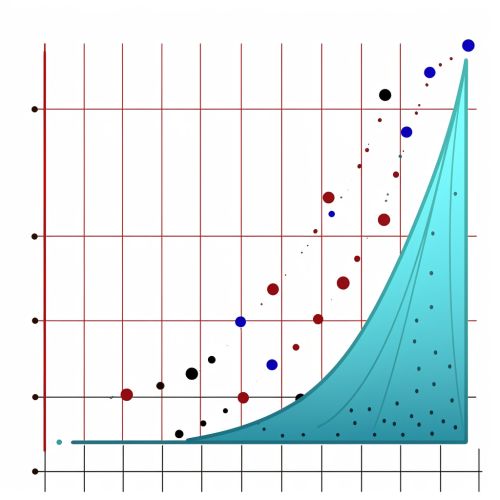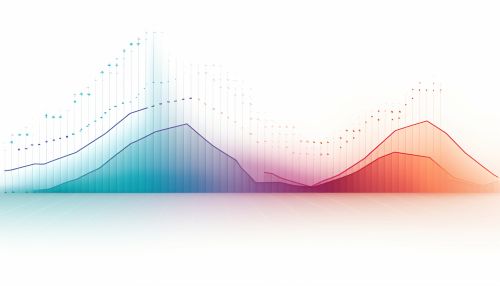Standard deviation
Definition
The term 'standard deviation' is a statistical measure that quantifies the amount of variation or dispersion in a set of values. A low standard deviation indicates that the values tend to be close to the mean (or expected value) of the set, while a high standard deviation indicates that the values are spread out over a wider range.
Concept
Standard deviation is one of the key fundamental concepts in the field of statistics. It is used to measure the dispersion or variability in any set of numerical values. It is denoted by the Greek letter sigma (σ) when referring to the population standard deviation and by 's' when referring to the sample standard deviation.
Calculation
The calculation of standard deviation involves a series of steps. The first step is to calculate the mean of the data set. The next step is to subtract the mean from each data point and square the result. The third step is to calculate the mean of these squared differences. Finally, the square root of this mean provides the standard deviation.
Population and Sample Standard Deviation
In statistics, there are two types of standard deviation: population standard deviation and sample standard deviation. The population standard deviation (σ) is a parameter, a fixed value calculated from every individual in the population. The sample standard deviation (s) is a statistic, a measure calculated from a sample drawn from the population.
Uses of Standard Deviation
Standard deviation is widely used in fields such as finance, economics, psychology, and engineering to measure the amount of variation or dispersion of a set of values. It is also used in statistical inference, hypothesis testing, and data modeling.
Limitations
While standard deviation is a useful measure of variability, it has its limitations. It is sensitive to outliers and does not provide any information about the shape of the distribution. Moreover, it can only be used with interval or ratio level data.
See Also


